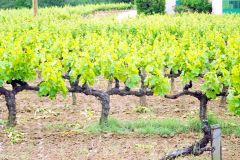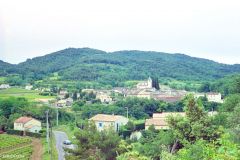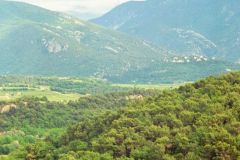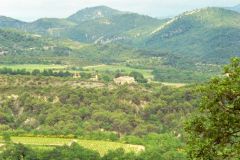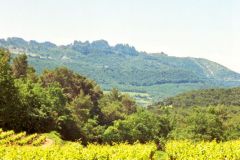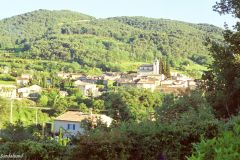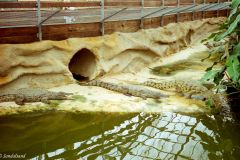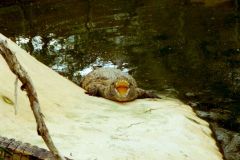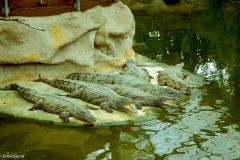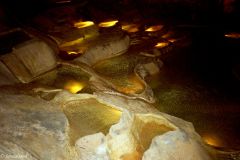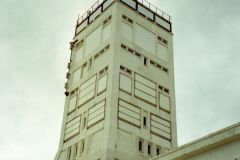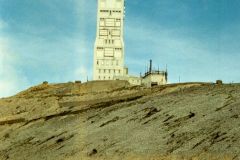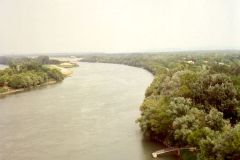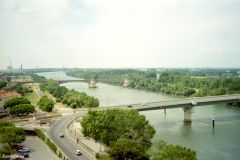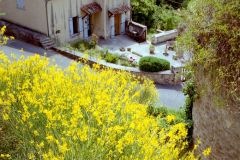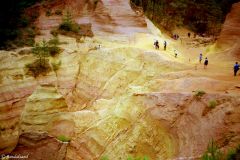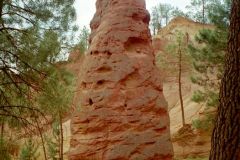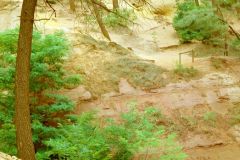What is it with Provence? Foreigners having spent a year or more write books warning us of the difficulties visitors face. Yet we are still lured into the atmosphere, the colours, the scenery and the easy-going life in this southern French province.
An outline of our visit
Even though my partner and I had taken our chances here previously, we decided to return a decade later, this time with our two small boys. It’s not that we regretted our last visit but we both have the definite advantage of being able to communicate with the natives in their own language. Besides small children are always door-openers. In addition we had a plan.
Thanks to the rapidly expanding internet we had turned ourselves into a travel agency and booked accommodation on our own. There are many types of accommodation in Provence. The first small week was spent in an apartment near the village of Saint-Romain-en-Viennois. It was alright and it came with a swimming pool – a must when you travel with children. We were glad we had it the first week, not the last.
The second week proved to be the jewel in the crown, a former farm-house (Mas) outside Saint-Rémy-de-Provence a couple of hours to the south. It had charm, character and a pool; it was absolutely adorable.
In this series of three articles I will concentrate on the sights we visited: The scenery, markets, and daily life in part one; the Roman ruins and medieval fortresses in part two; and the towns and villages in part three.
Looking back it is amazing how much we really were able to see, even taking small children and own relaxation into account. I believe there will be lots of ideas for most, if not all, readers after this.
This map shows places visited and roads travelled (approximately).
What is Provence?
Provence is one of 26 regions in France, and its officially name is “Provence Alpes Côte d’Azur”. This former Roman province (hence the name) is further subdivided into six “départements“. They stretch from the Alps in the east to Arles and Avignon in the west, and with the Mediterranean coast to the south. We stayed in the north-western parts and mainly in the “départements” of Vaucluse and Bouches du Rhône. This is the very heart of Provence.
Provence is also colours, smells, sun, forests, wine, mountains, rivers, and people.
The scenery
The hills
The region of Provence has its mountains but the predominant feature is its hills.
We landed in Nice and continued our journey into the hills below the Alps to the town of Grasse, a well-renowned centre of the perfume industry for 400 years. Perfume was (almost) invented there and supplied the French aristocracy in Paris as an idea of not having to wash in water, but to use perfume as a means to hide the smell of body odours. Anyway, Grasse is even today a centre of the perfume industry and we had a well-informed tour at one of the plants.
That was however not the purpose of this blog entry. In fact we did not meet the Provence we were looking for until after the hills of Grasse.
Mont Ventoux is considered to be the most dominating natural phenomenon west of the Alps. Reaching a height of 1909 metres with a tower on top, it is viewable from a large area of Provence. For those of us who are more than casually interested in sports, it is a world class destination with this key phrase: Tour de France.
Les Dentelles de Montmirail is a mountain range near many famous villages, like the ones we visited:Crestet and Gigondas. We day-tripped into this area but skipped the many well-marked paths.
Les Alpilles contains paths offering nice walk in the woods, and fine views. In contrast to Les Dentelles we parked our car for more than a few hours and went hiking in the area with our children. It was well worth the effort.
Caves and rivers
St Marcel Grotto in the Ardèche region includes a 30,000 year-old cave painting, stalactites and stalagmites. As the picture shows there are some wonderful water-filled terraced “bowls” reminding me of the travertine terraces at Pamukkale, Turkey.
When you enter the heart of Provence the Rhône Valley and vineries are all around you. The river cuts across the western part of the province and is the source of the fountains.
Mountains, villages and towns aside – Provence is an agricultural society even today. Farms and farm houses built in the traditional mas style are ubiquitos and fascinating. One might find Provence dry and barren, but it is also green and lush depending on the time of year you come. On this vacation we came in May/June and the scenery was still green.
This is a piece of fact not easily understood: Near Pierrelatte there are 300 Nile crocodiles living in pure harmony. Actually this is not a natural phenomenon. The crocs are part of a program to protect the Nile crocodile and they had plans of sending them back to African countries. Our children just loved this place.
Read more
This series has three articles.
(1) Provence – What is it? (more or less about the scenery)
(2) Roman ruins and medieval fortresses of Provence
(3) Villages and towns of Provence
In Provence we used this guidebook (in Norwegian):



